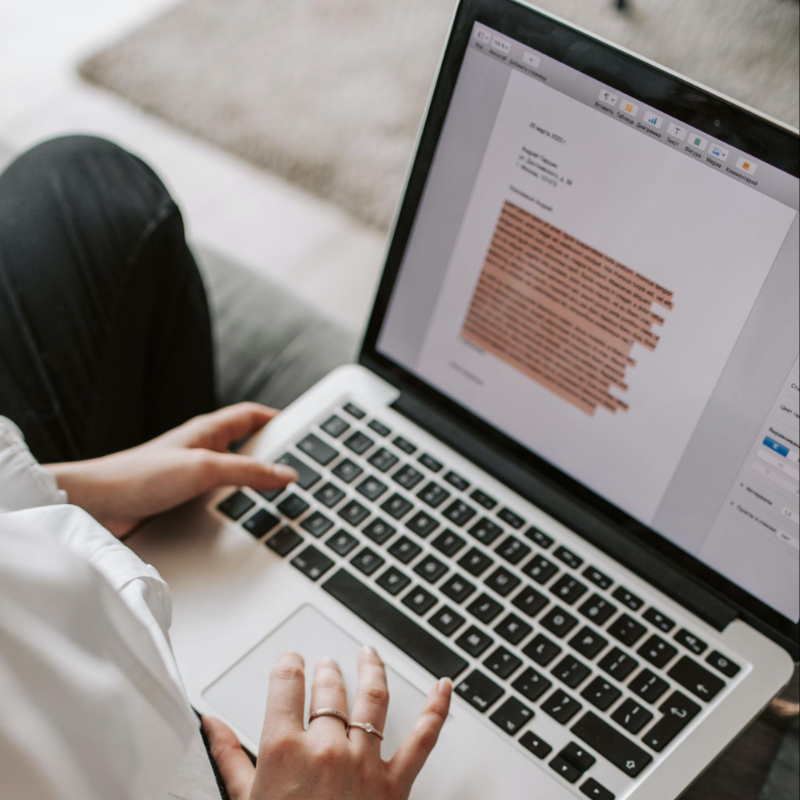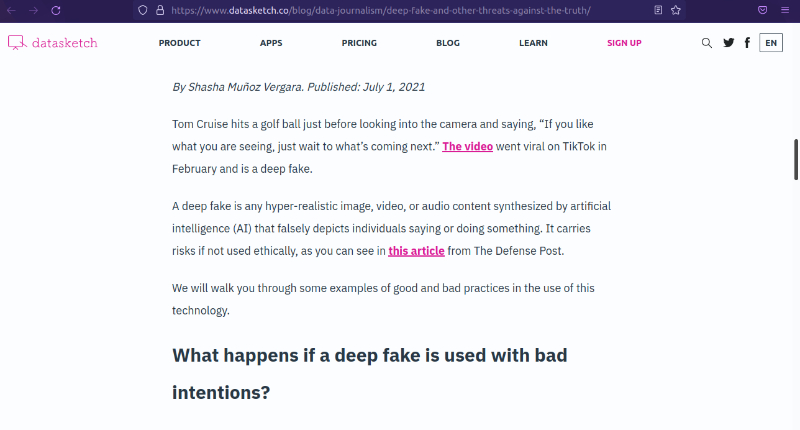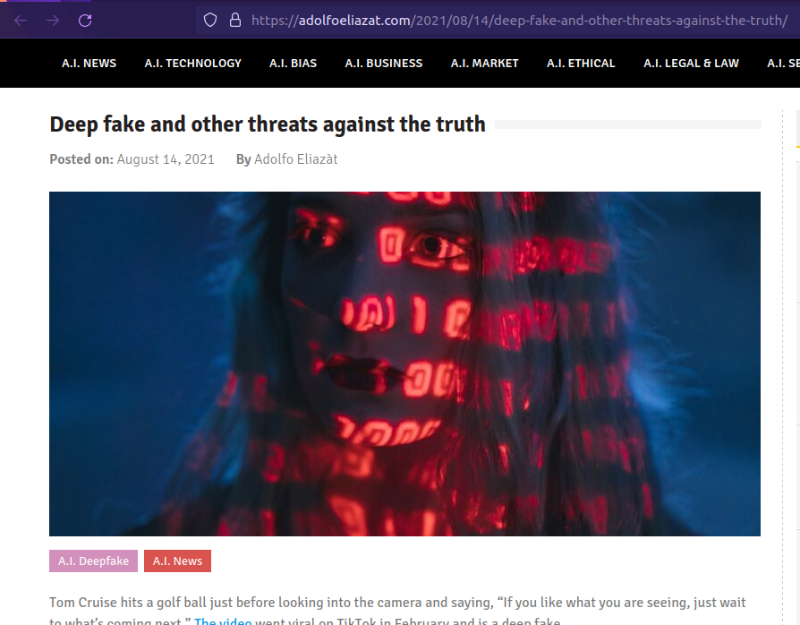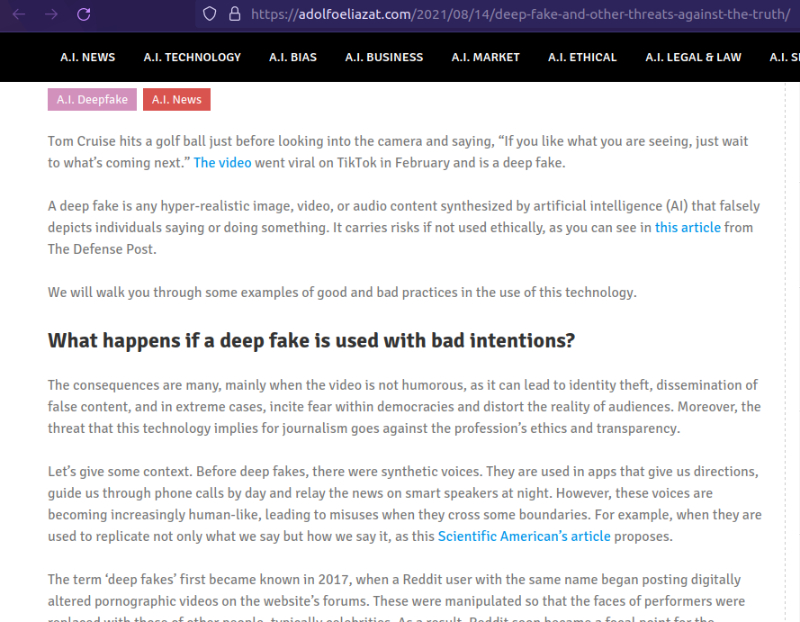Copy and paste? The challenges of copyright in the digital world
"Copy and paste" practice, if copyright guidelines are not followed, can become a punishable offense, also online. We cover everything from the Berne Convention to the tools that will help you detect if someone or a web page has plagiarized.
Available in:

By Edda Viviana Forero Triana and María Juliana Rodríguez Urbano. Published on September 25, 2021.
Producing original content on the Internet is not an easy task. Inspiration does not come easily, and we know this from our own experience. At times, you may have felt the urge to take content from other people. There’s nothing wrong with this; after all, everyone who has created anything throughout history has been inspired by something or someone they observed, read, or heard. However, when you take someone else’s content without their consent - mainly when you use it in its entirety - you not only hurt the person who created it, you could also get into trouble.
To prevent this from happening to you, Datasketch explains how content is protected on the Internet and why you should respect it. In addition, we tell you what you can do when your content is used by someone else without your authorization.
Internet and copyright
Copyright is one of those concepts we often hear about but which is very ambiguous. Simply put, copyright refers to the rights that people have over their literary and artistic creations. This legal concept was created to protect works such as books, paintings, music, and audiovisual production. However, the rapid advance of technology has made it necessary to expand this protection to other creations such as computer programs and databases.
Who is in charge of overseeing this?
At the international level, there is the World Intellectual Property Organization (WIPO), a United Nations agency created to provide advice, cooperation, and protection in all matters relating to intellectual property and composed of 193 States. For copyright, WIPO provides for certain standards to be met by member states in the Berne Convention for the Protection of Literary and Artistic Works.
The Convention states that “literary and artistic works” are all creations in literature, science, and art expressed in any medium, whether in books or in texts of any kind. It also provides that the authors of these works have the exclusive right to authorize their reproduction in any form and, in cases where authorization is not required, countries must ensure that this does not cause harm to the author.
Do these rules also apply on the Internet?
The protection of content published online is a less clear-cut issue because it is a subject on which there is not yet a broad consensus, and the provisions vary from country to country. While there is no explicit international specification, legal custom (i.e., legal rules that are not written down but are already customary) establishes that protection does not depend on its location or medium of dissemination but on whether the work is the product of an original expression of an idea.
In other words, the fact that content is on the Internet and is more accessible does not mean that it can be used freely. That applies to the works mentioned above and to content published on blogs such as ours. As mentioned in the Berne Convention, it is composed of texts that arise from original expressions of our ideas.
That does not mean that we cannot quote what we find on the Internet. The Berne Convention establishes the free use of works in some instances, one of which is the quotation. However, the citation must be made with respect to fair use and must have a specific purpose. By “fair use” means uses that do not abuse the integrity of the work and the author’s exclusive right of reproduction. For example, copying and pasting the text of a blog in its entirety without authorization is not free to use. It is not enough to link to the original content; the author’s permission must always be requested.
At Datasketch, we are no strangers to this situation. Recently, one of our blog posts about deep fakes was reproduced in its entirety without our authorization on a website where they only added the link to the original post at the end, something they do with all the articles they publish, as we were able to verify. We do not add the link to the page as we do not want to generate more undeserved traffic to their website.

Original blog post by Datasketch, published on July 1, 2021.


It was reproduced word-by-word without permission from our blog post on the Adolfo Eliazar website, with a publication date of August 14, 2021.
What can I do if someone uses my content without my authorization?
Plagiarism is a cultural phenomenon that affects online content. The almost generalized access to digital media and the waves of information offers a fertile field for it.
In its different versions: translations, “salami-slicing,” and duplication. The most common: “cyber-plagiarism” or “copy and paste.” Here, the most relevant is direct plagiarism. It consists of not placing the original author’s quotation or the quotation marks corresponding to the quoted text, and the similarity is identical. There are three ways to copy content: 1. ctrl+c, ctrl+v. 2. RSS feed of the page, and 3. the code of the HTML file.
To maintain intellectual honesty and declaration of originality, we list here some tools to help you detect plagiarism.
Tools to detect plagiarism online:
Plagiarisma
In this tool, you can upload a Word, Txt, or Pdf file or copy the text you want to track, and you will find duplicate content in several search engines.
Plagiarism Checker
This tool is straightforward to use. You only have to upload the file, search it by URL or copy the content you are suspicious about.
https://smallseotools.com/plagiarism-checker
Docode
The University of Chile has created this plagiarism detection tool. It is possible to check up to 3500 words in its free version. It works by uploading files.
In the Google search engine, you can also check for the plagiarism of contents, but only if they match exactly: “Write your phrase between the quotation marks.”
My content has been plagiarized. What can I do?
Rock Content in its publication of Avoid plagiarism and be plagiarized! A guide on the subject that will help you to be safe on the Internet states that we must check and verify that the site that has copied our Content is better positioned than our page. With this, we ensure that Google will crawl our page first, then the plagiarized one.
In case Google crawls the plagiarized site before the one that has plagiarized, some of the following options are suggested:
- Contact the webmaster by e-mail to resolve the plagiarism in a direct and personal way.
- Make a DMCA (Digital Millennium Copyright Act) request where it is possible to report the plagiarism and receive advice on the matter.
- When the site tends to copy content from other websites repeatedly, it is essential to report it as SPAM.
We hope these tools are helpful for you to be alert and maintain the integrity of your blog or website. For more copyright information, you can visit the WIPO website, where you will find answers to frequently asked questions and the list of member states, and check if your country or the country from where you create your content is part of this organization. Remember that you can visit our blog and read our original content.
References:
- Plagiarism on the Internet is serious: Avoid plagiarism and being plagiarized!
- Plagiarism policies: Universal History Review
- Inside WIPO
- Berne Convention for the Protection of Literary and Artistic Works (as amended on September 28, 1979) (Official Translation)
- WIPO. Copyright
- Digital Rights. Guide for Publishers. Colombia.




